Abrahamic Family House: an architectural symbol of coexistence
The Abrahamic Family House, the United Arab Emirates’ new interfaith complex, opens to the public in Abu Dhabi
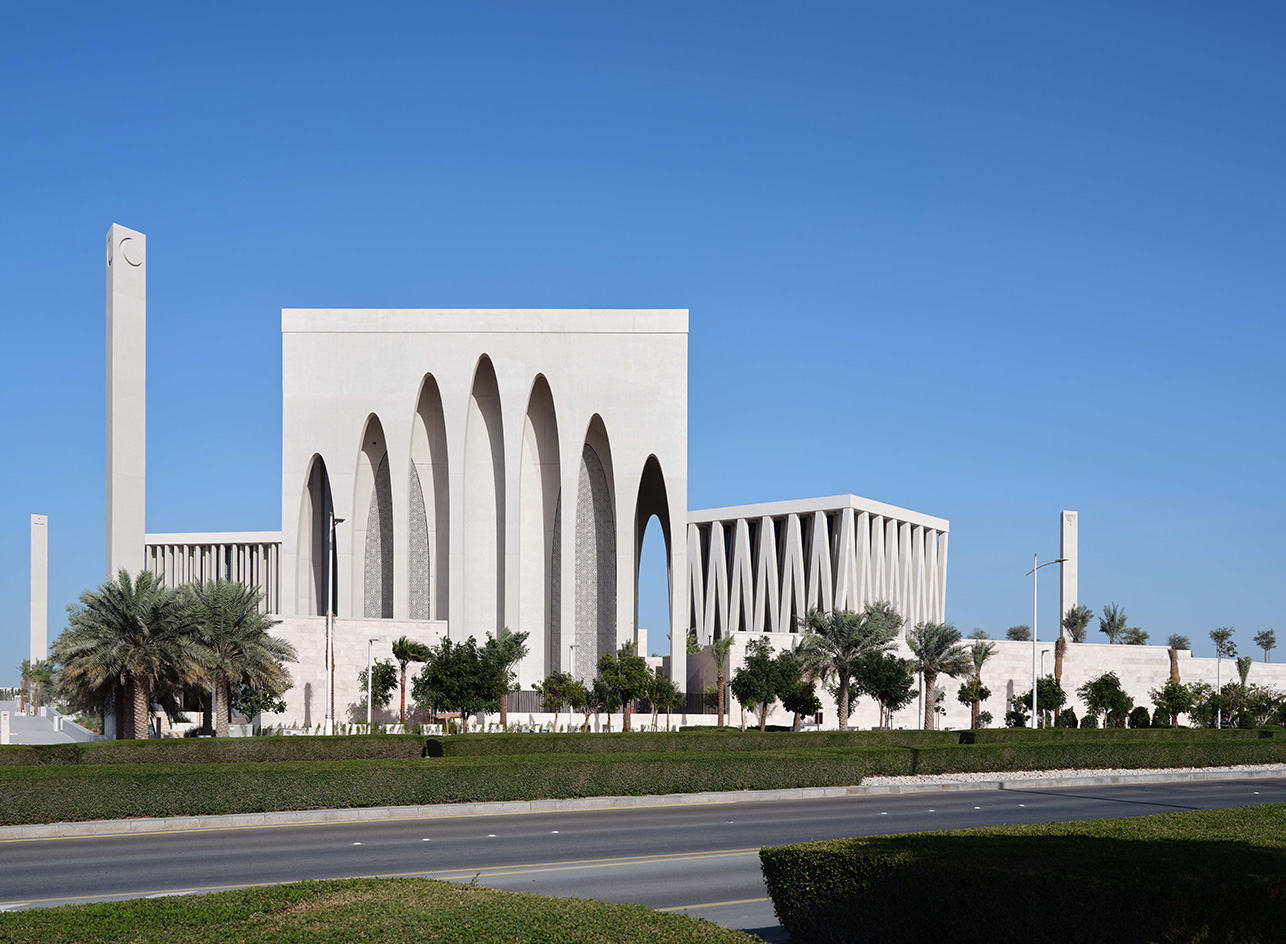
The Abrahamic Family House, a trio of cubic buildings, stands proudly erect on Saadiyat Island, the cultural district of the United Arab Emirates’ capital of Abu Dhabi. Beside the waters of the Arabian Gulf, the three edifices comprise a Jewish synagogue, an Islamic mosque and a Catholic church, all designed by British-Ghanaian architect Sir David Adjaye. They are titled, respectively, the His Holiness Francis Church, the Moses Ben Maimon Synagogue, and the Imam Al-Tayeb Mosque – and together form an interfaith complex.
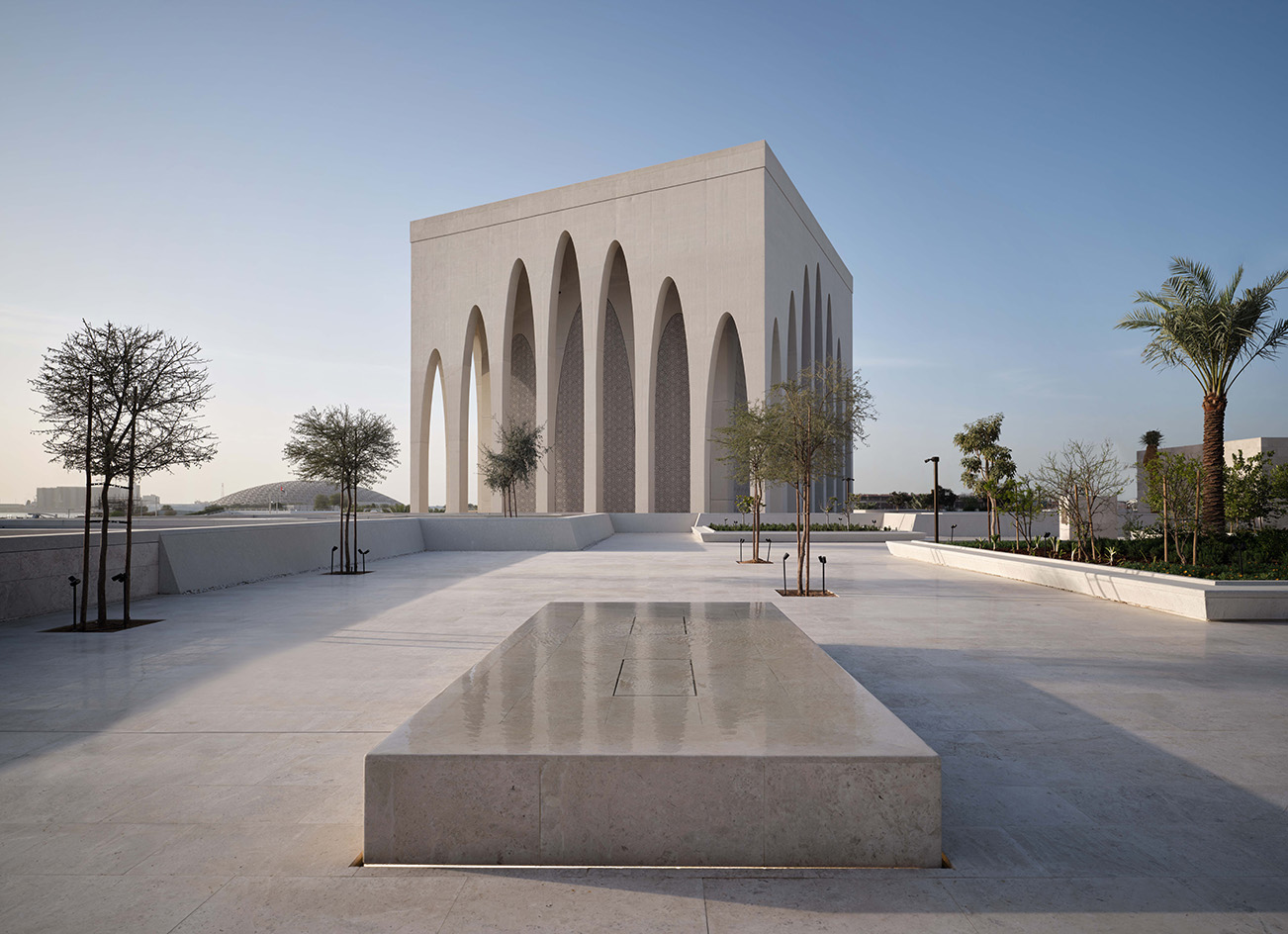
Imam Al-Tayeb Mosque
The Abrahamic Family House
Sunlight is a principal design material for the complex, as rays shed light into each of the three structures at various intervals throughout the day. The entire complex spans 6,500 sq m and is coloured in an off-white hue, built in a mixture of concrete, marble, and oak. The Abrahamic Family House comprises a plinth-like one-storey pavilion, with a welcoming forum at its core, and the three houses of worship set atop this. The equal volumes of the three houses are meant to reflect a clear visual and metaphorical harmony among the three spaces and, ultimately, the three religions.
Yet there are clear differences in each building’s design, symbolic of the faith represented. Each house, for example, is orientated differently owing to its particular seating needs and direction of prayer. The church faces towards the east and the rising sun, as light here is symbolic of divinity. The Moses Ben Maimon Synagogue, on the other hand, is looking towards Jerusalem, while the Imam Al-Tayeb Mosque faces Makkah.
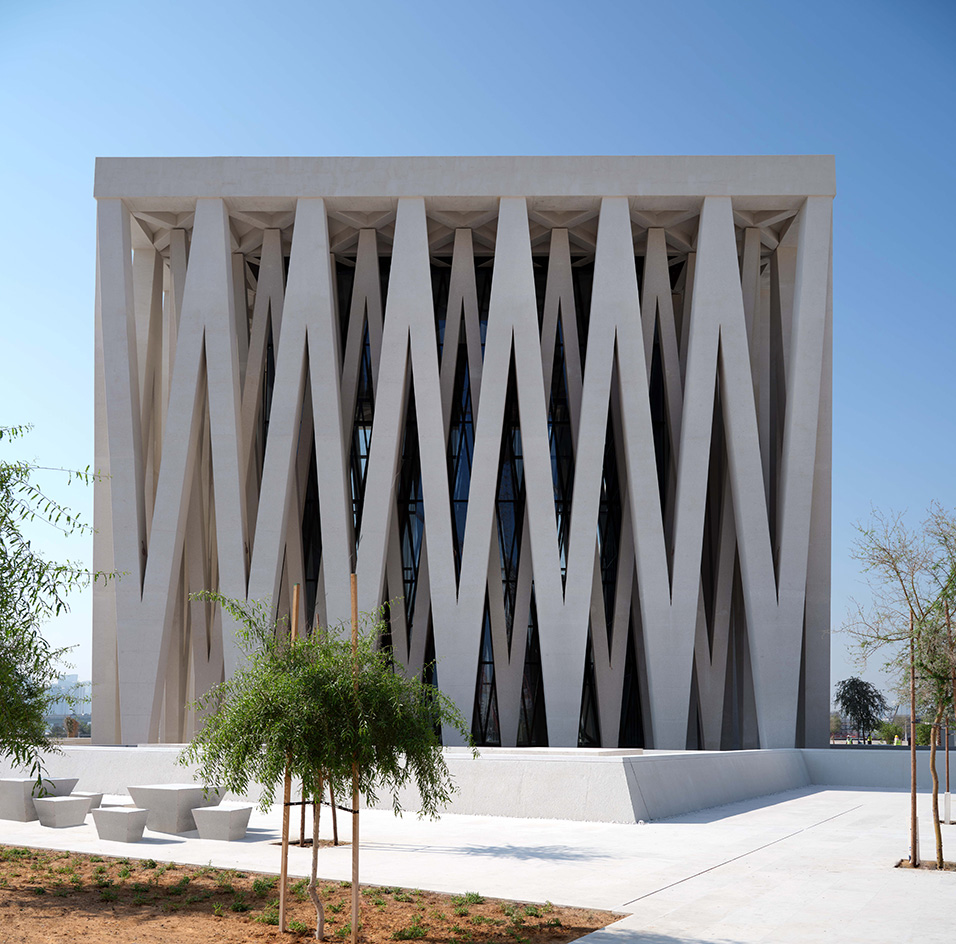
Moses Ben Maimon Synagogue
Moreover, each house of worship includes a courtyard with a water feature and supplementary spaces inherent to its specific religious practices and traditions. Thrusting columns forming the façade of the church symbolise rays of light, and are arranged to allow daylight to flood the sanctuary in the morning, while shielding the interior from hotter sunlight during the middle of the day.
The façade of the synagogue encompasses three layers of V-shaped columns that reference palm fronds on the sukkah – a traditional shelter for prayer used during the Jewish festival Sukkot. The columns are situated on each side of the edifice and include seven points that touch the ground and eight points that touch the roof of the structure. According to Adjaye, the number seven was chosen as symbolic of man, and the number eight as symbolic of God.
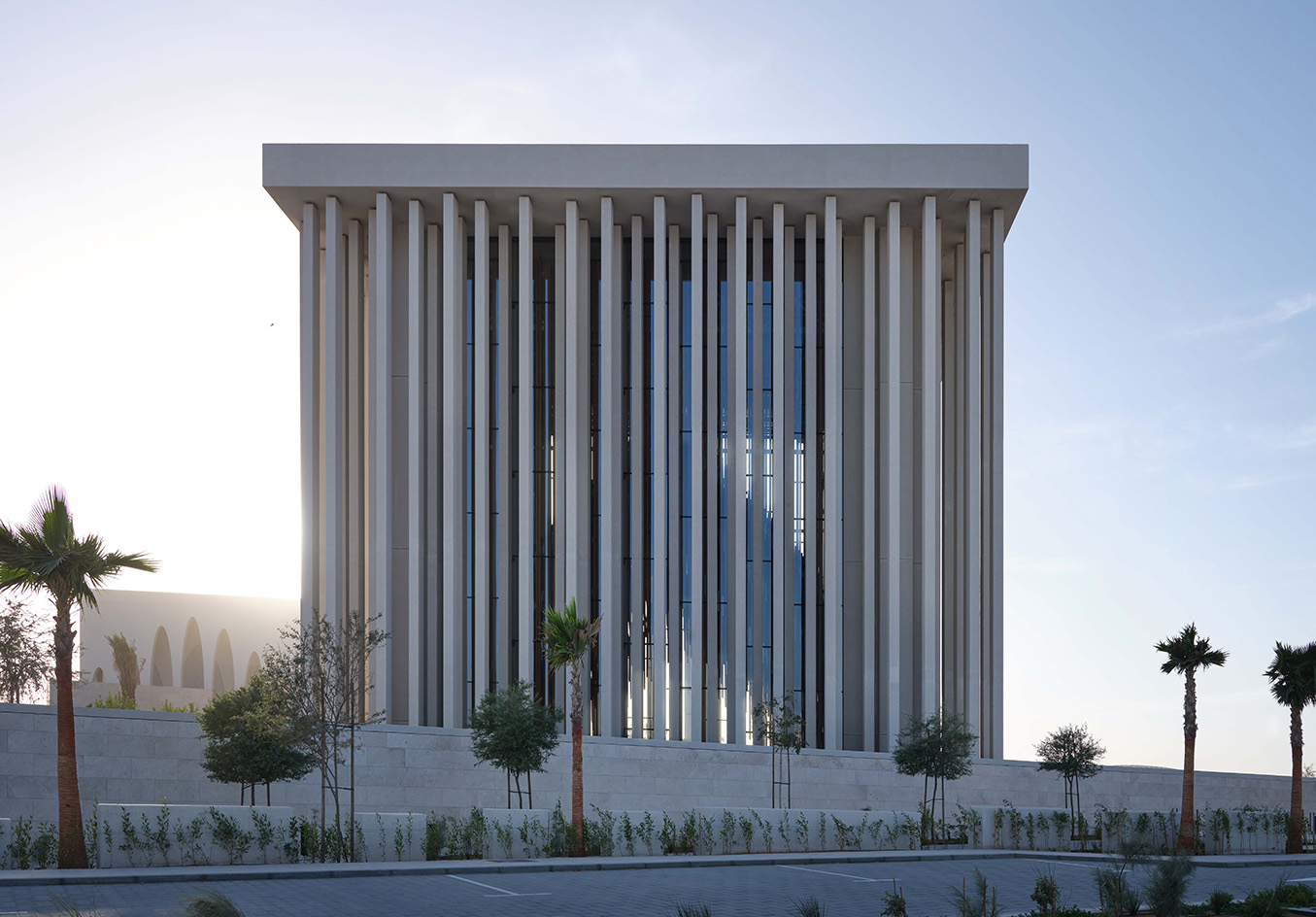
His Holiness Francis Church
The façade of the mosque also plays with the number seven, this time through seven elongated arches on either side of the building, with seven reflective of its importance in Islam – Muslim pilgrims must make seven circumambulations around the Kaaba in Makkah during Hajj, the pilgrimage there. The mosque’s walls display over 470 panels of intricate latticework, creating mashrabiya screens, one of the most notable traditional features of Islamic architecture, that allow the circulation of air, while regulating light and maintaining privacy. Mashrabiya-style latticework was also an inspiration for the dome-like cover of the nearby Louvre Abu Dhabi.
Inside the mosque is a four-column interior grid (the number four representing stability and order) with nine ascending vaults, orienting visitors towards the mihrab, a niche that indicates the direction of Makkah. The mosque also includes two external ablution rooms – one for male and one for female worshippers. The male ablution room is in the shape of an inverted pyramid while the female space has the shape of an inverted sphere.
Receive our daily digest of inspiration, escapism and design stories from around the world direct to your inbox.
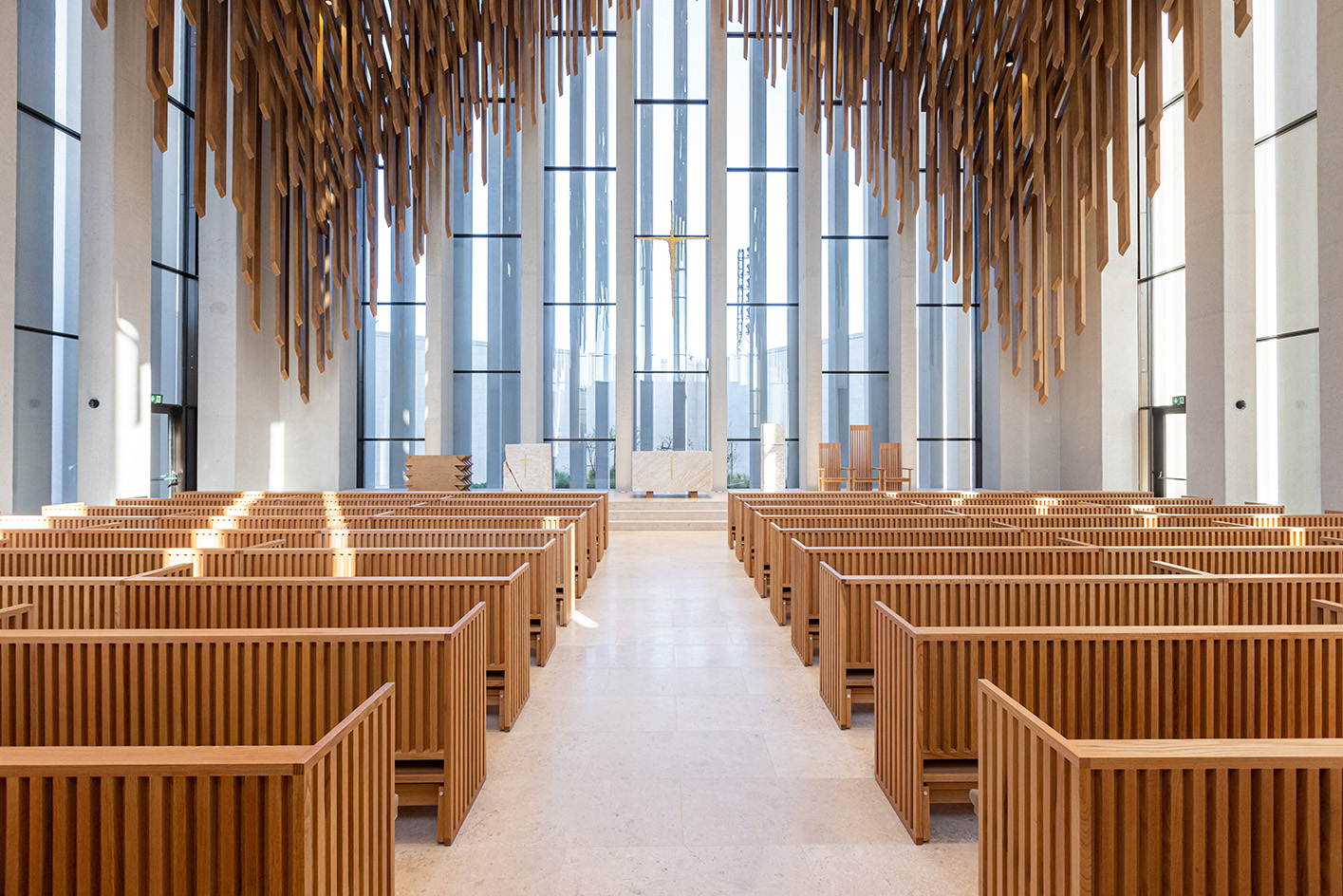
His Holiness Francis Church
Despite the unique elements in each structure's design, the Abrahamic Family House is about unity and common ground. It is a theme powerfully reflected through its architecture. Features such as the connective passageway between the houses, by way of an elevated garden that serves as a shared space for community, sharing and gathering, underline that.
The interfaith complex reflects the UAE’s push towards cultural and inter-religious tolerance. The Abrahamic Family House, which was announced in 2019 during the country’s 'Year of Tolerance', welcomed its first worshippers on 17 February 2023, with the inaugural Friday prayer at the Imam Al-Tayed Mosque. On 19 February, the Moses Ben Maimon Synagogue and His Holiness Francis Church held their first services.
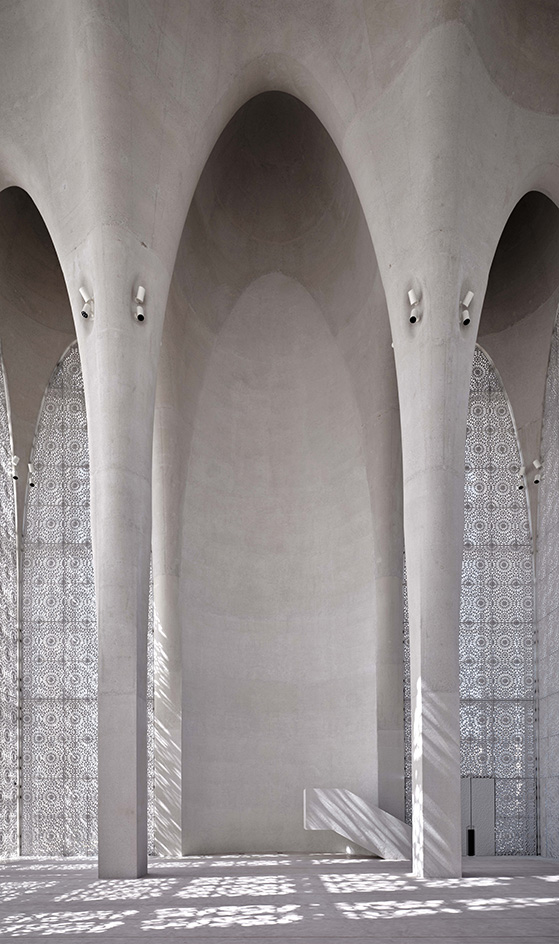
Imam Al-Tayeb Mosque
'I believe architecture should work to enshrine the kind of world we want to live in, a world of acceptance, openness, and constant advancement,’ said Adjaye in a statement. ‘As an architect, I want to create a building that starts to rise above the notion of hierarchical difference and enhances the richness of human life. Our hope is that through these buildings that celebrate three distinct religions, people of all faiths and from across society can learn and engage in a mission of peaceful coexistence for generations to come.'

Moses Ben Maimon Synagogue
Rebecca Anne Proctor is an independent journalist, editor, author and broadcaster based in Dubai and Rome from where she covers the Middle East and North Africa. She is the former Editor-in-Chief of Harper’s Bazaar Art and Harper’s Bazaar Interiors. Her writing has been published in Artnet News, Frieze, The New York Times Style Magazine; Bloomberg Businessweek Middle East, BBC Worldwide, Galerie, Vogue Arabia, Wallpaper, The National, Architectural Digest, Arab News, Al-Monitor, The Defense Post, The Forward, The Jewish Insider and The Business of Fashion. She is the author of Art in Saudi Arabia: A New Creativity Economy? written with Alia Al-Senussi and published by Lund Humphries in November 2023.
-
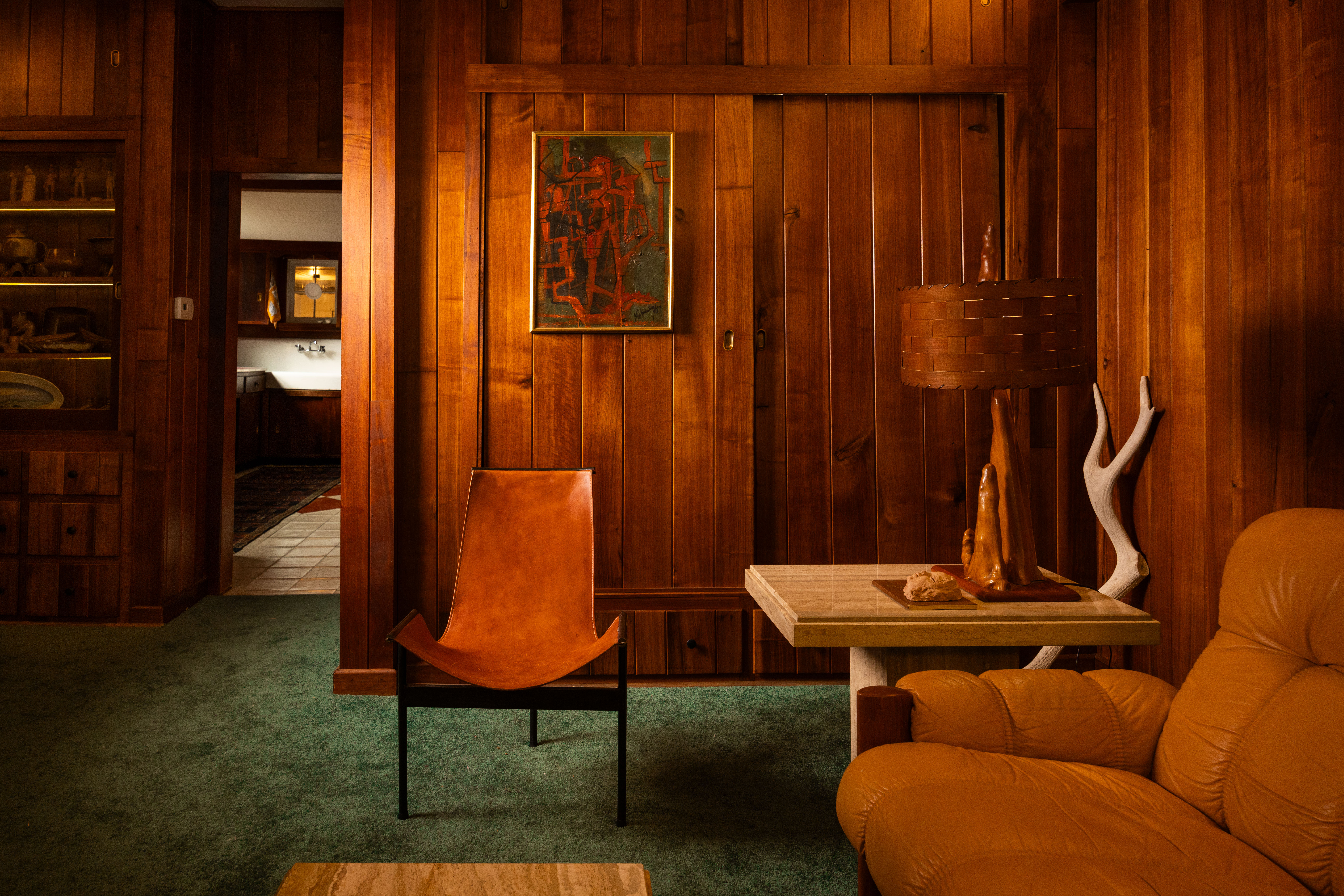 This ‘anti-trend’ Wisconsin lake cabin is full of thrifted treasures – and you book a stay
This ‘anti-trend’ Wisconsin lake cabin is full of thrifted treasures – and you book a stayThis historic cabin on Lake Wandawega, preserved and restored by the team behind Camp Wandawega, embraces a salvage-driven approach that celebrates genuine history over polished style
-
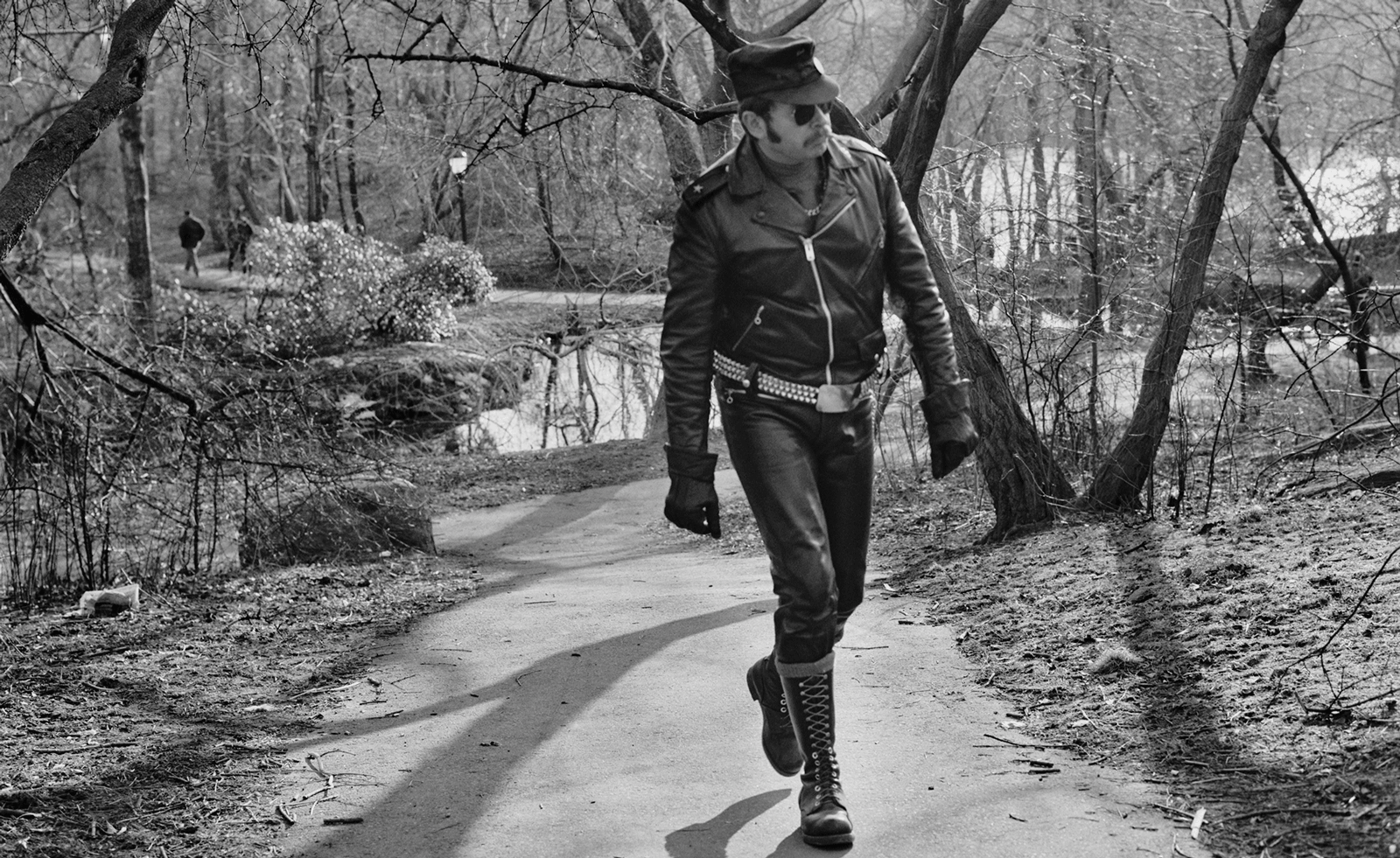 Arthur Tress’ photographs taken in The Ramble are a key part of New York’s queer history
Arthur Tress’ photographs taken in The Ramble are a key part of New York’s queer historyThe images, which captured gay men, like Tress himself, cruising around the Central Park woodland in 1969, are the subject of a new book
-
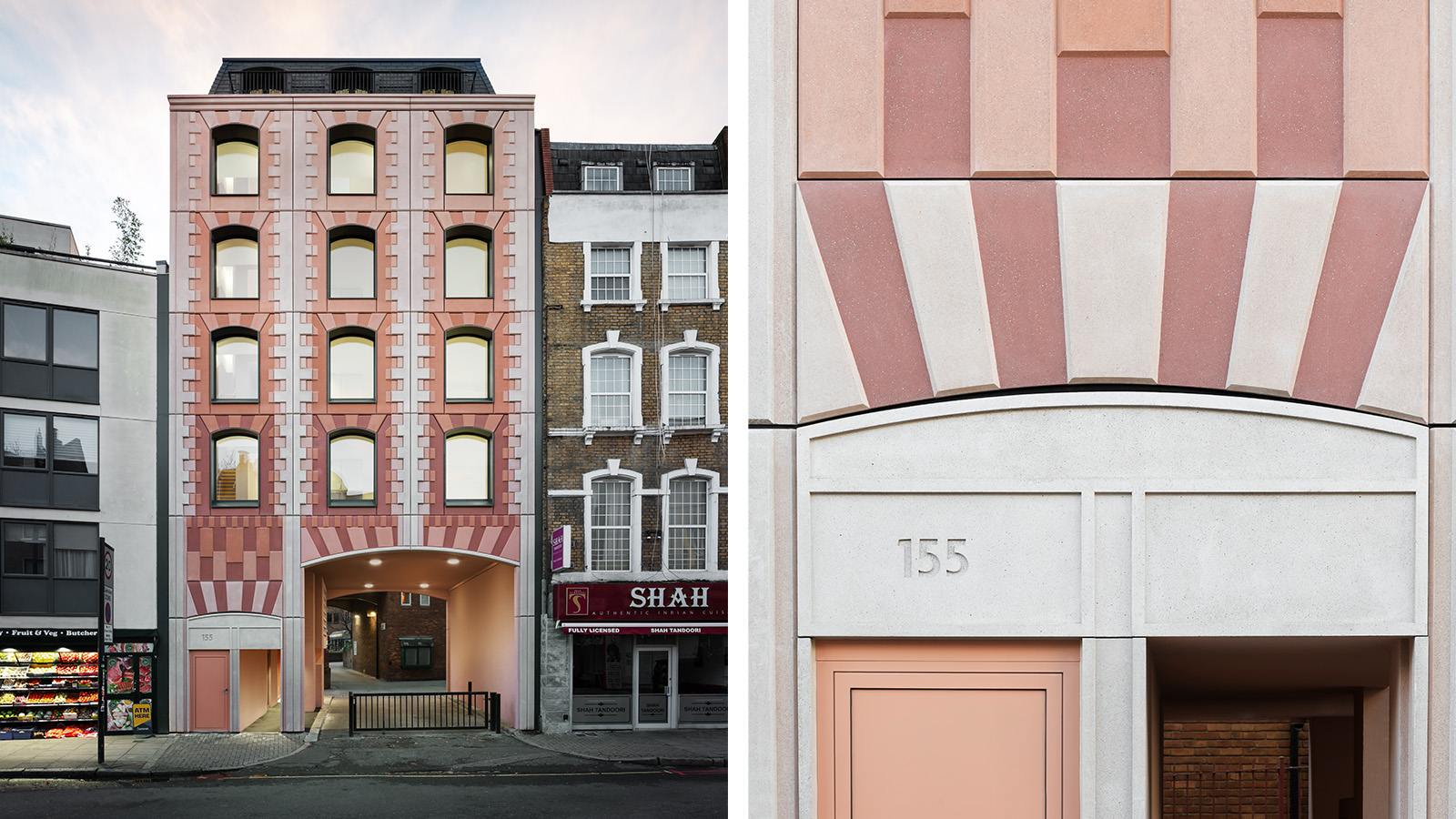 Is this reimagined 1980s brick building the answer to future living?
Is this reimagined 1980s brick building the answer to future living?Architects Bureau de Change revamped this Euston building by reusing and reimagining materials harvested from the original – an example of a low-carbon retrofit, integrated into the urban context
-
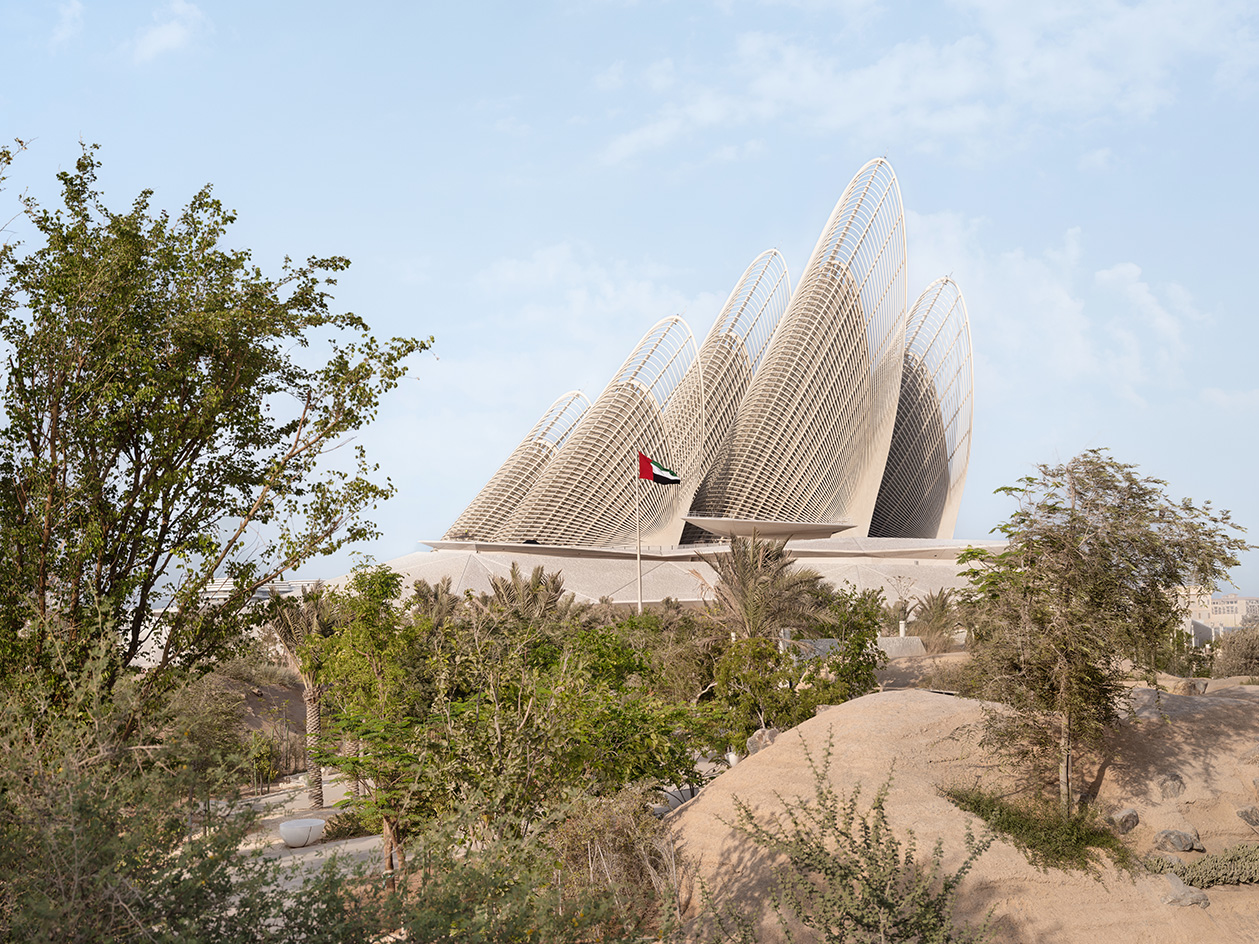 Zayed National Museum opens as a falcon-winged beacon in Abu Dhabi
Zayed National Museum opens as a falcon-winged beacon in Abu DhabiFoster + Partners’ Zayed National Museum opens on the UAE’s 54th anniversary, paying tribute to the country's founder and its past, present and evolving future
-
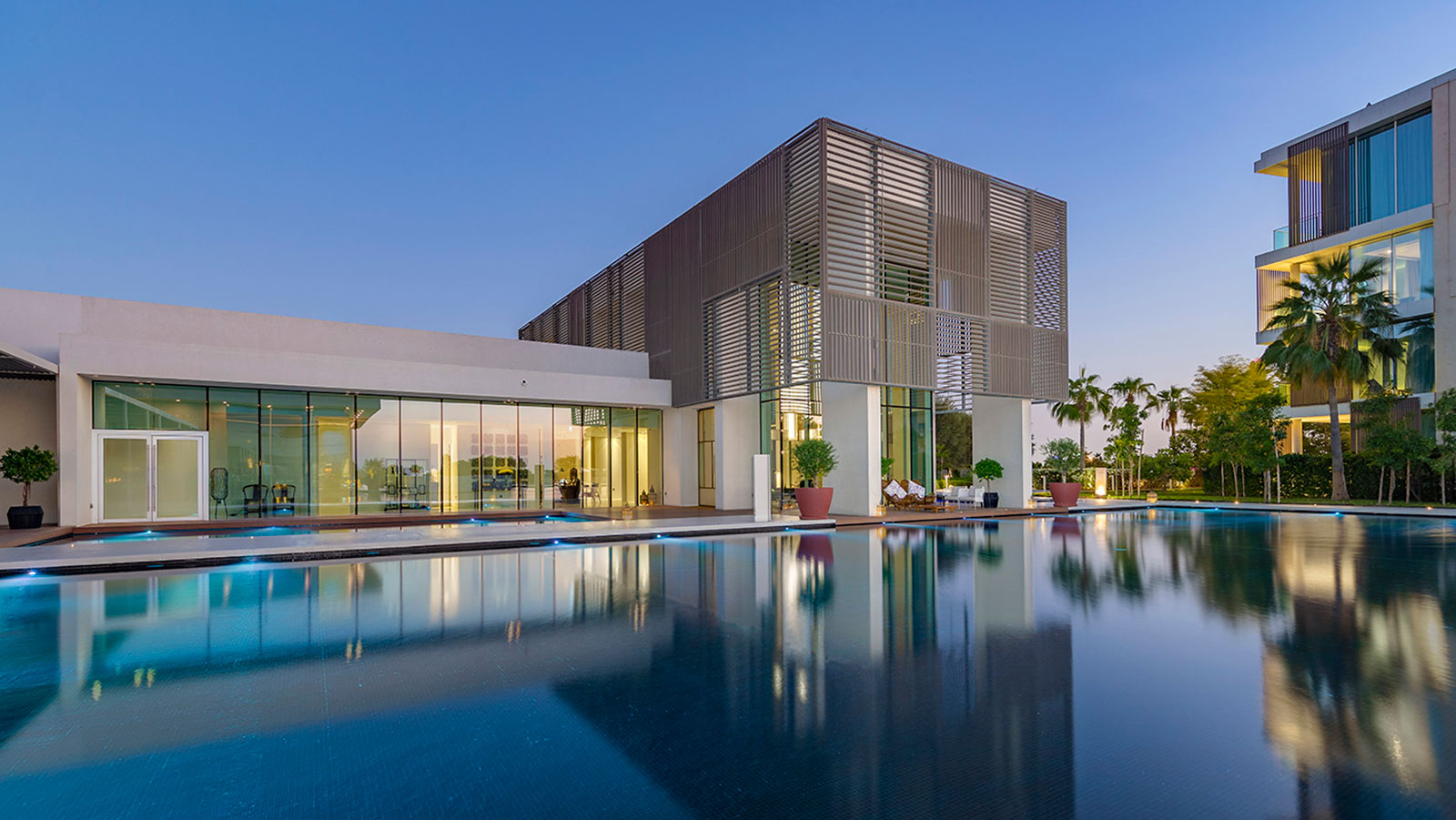 Oberoi Beach Resort, Al-Zorah by Piero Lissoni is an understated UAE gem
Oberoi Beach Resort, Al-Zorah by Piero Lissoni is an understated UAE gemThe Oberoi Beach Resort, Al-Zorah by Piero Lissoni offers beach breaks and contemporary design in the UAE
-
 Louvre Abu Dhabi Residences to elevate art of living in UAE
Louvre Abu Dhabi Residences to elevate art of living in UAEA new development of 400 exclusive residences will offer the chance to live alongside the iconic Louvre Abu Dhabi in the heart of the UAE’s Saadiyat Island Cultural District
-
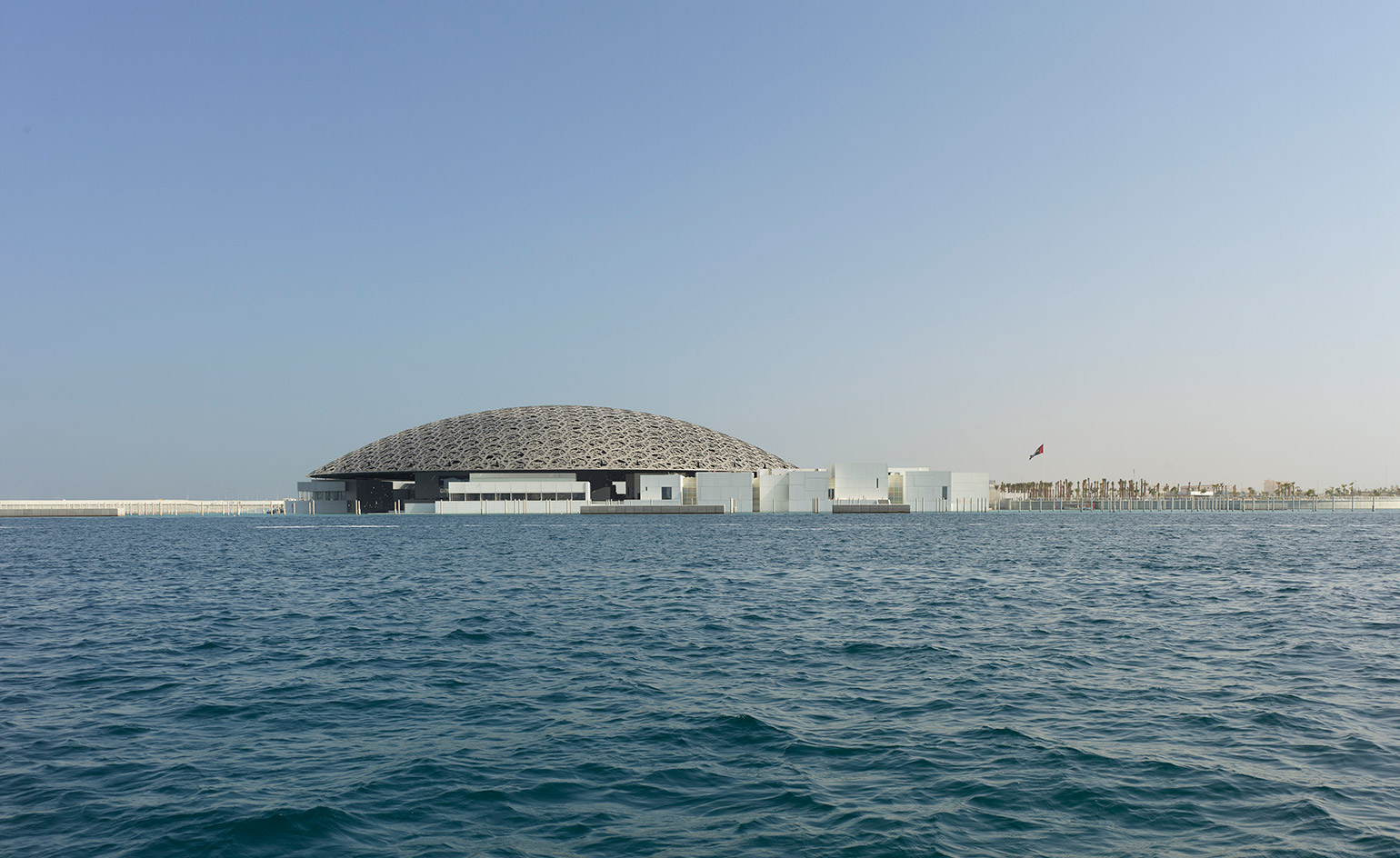 Middle eastern star: Jean Nouvel’s Louvre Abu Dhabi makes its grand debut
Middle eastern star: Jean Nouvel’s Louvre Abu Dhabi makes its grand debut -
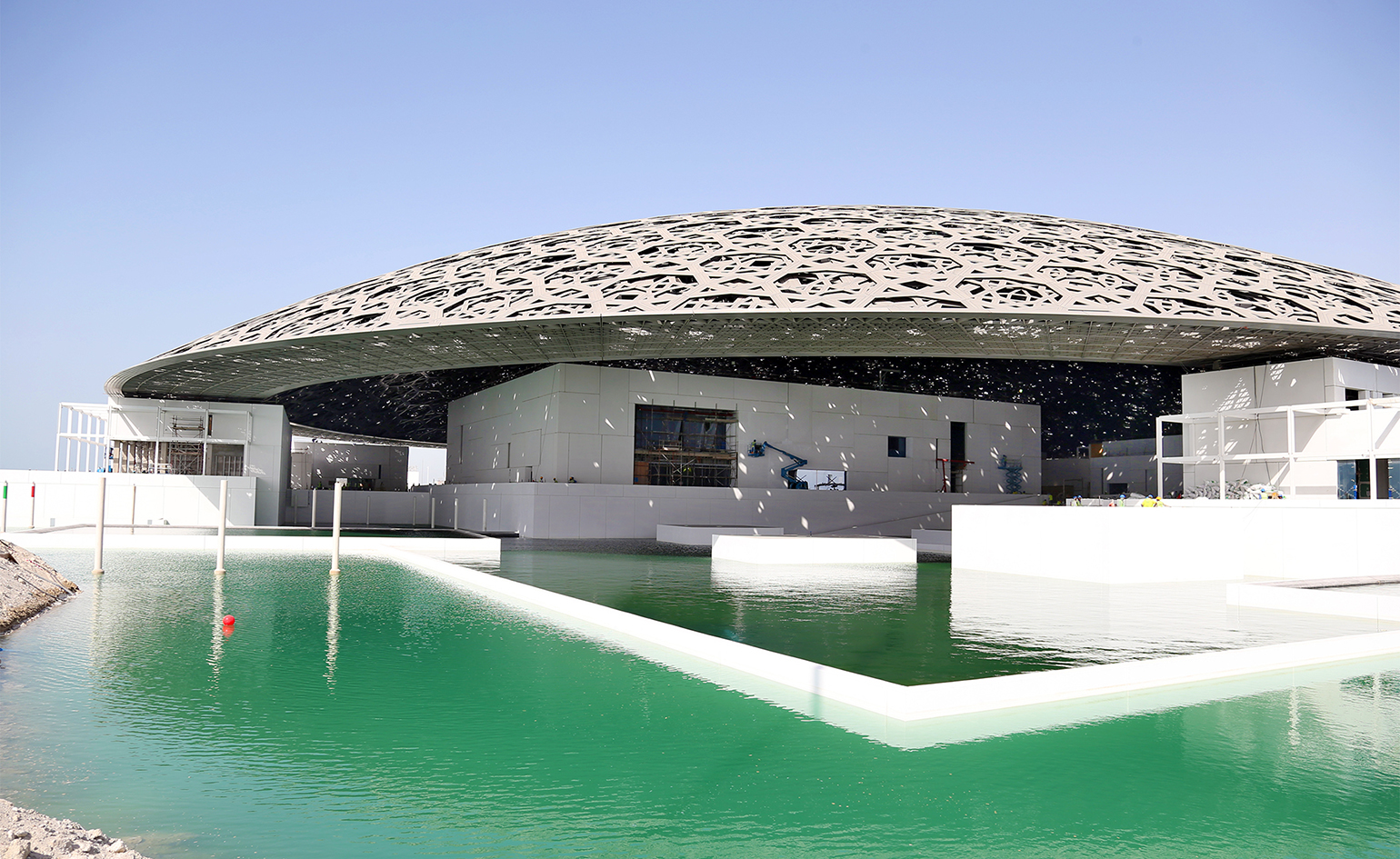 Classical curves: Jean Nouvel's Louvre Abu Dhabi is two steps closer to completion
Classical curves: Jean Nouvel's Louvre Abu Dhabi is two steps closer to completion -
 Jean Nouvel's Louvre Abu Dhabi is the UAE’s new cultural superdome
Jean Nouvel's Louvre Abu Dhabi is the UAE’s new cultural superdome -
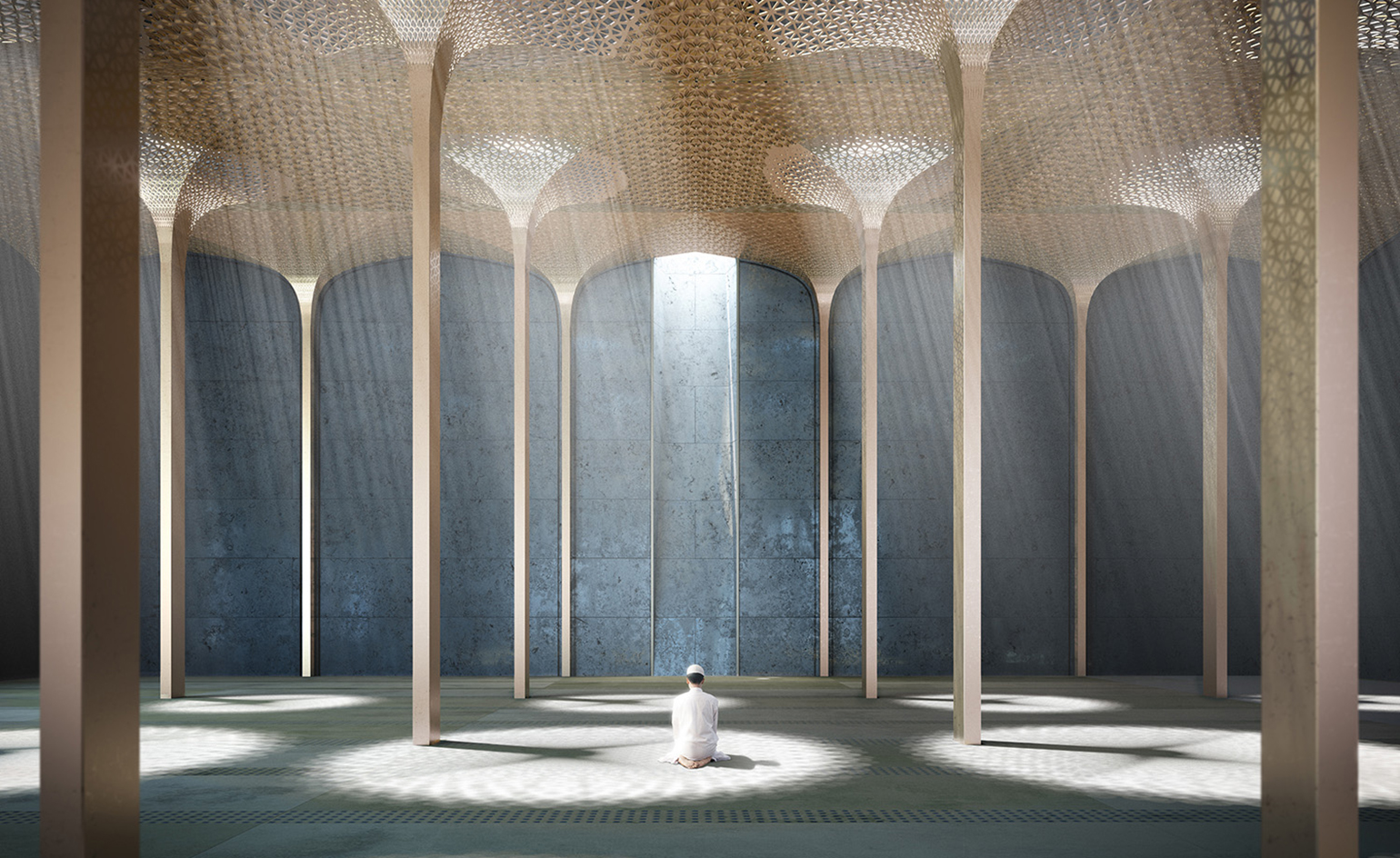 Old and new: AL_A combine tradition and modernity for Abu Dhabi mosque
Old and new: AL_A combine tradition and modernity for Abu Dhabi mosque -
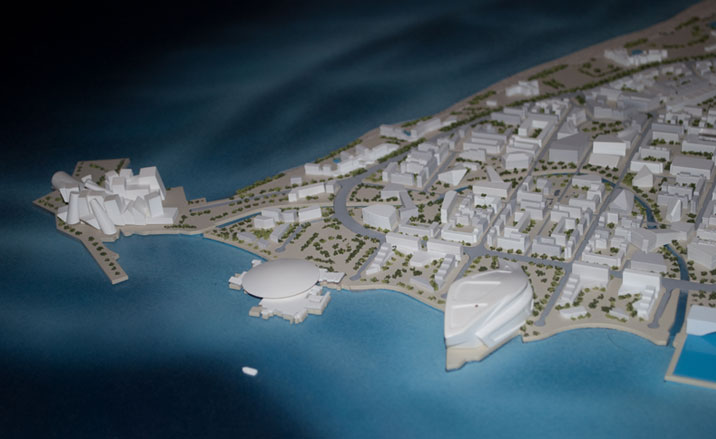 Saadiyat Island tour, Abu Dhabi
Saadiyat Island tour, Abu Dhabi